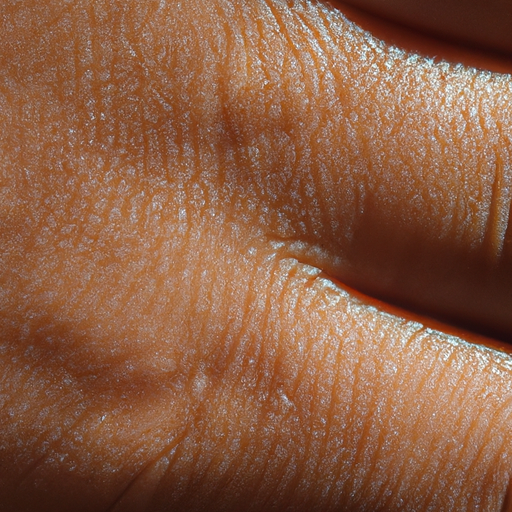As a dermatologist, I have encountered countless patients who suffer from dry skin, a common and often frustrating condition. Dry skin, or xerosis cutis, can be a result of environmental factors, aging, or underlying medical conditions. It can affect any part of the body, but it is most commonly seen on the hands, arms, and lower legs. In this article, I will unveil the secrets behind diagnosing dry skin and share effective treatment strategies.
Diagnosing dry skin is typically straightforward. The skin appears rough, flaky, or scaly, and may feel tight or itchy. In severe cases, it may even crack and bleed. However, it’s essential to understand that dry skin could also be a symptom of a more serious condition such as eczema, psoriasis, or hypothyroidism. Therefore, a thorough examination and patient history are crucial to rule out these conditions.
When diagnosing dry skin, dermatologists will consider factors such as the patient’s age, overall health, lifestyle habits (like smoking and alcohol consumption), and exposure to environmental factors like cold or dry weather or harsh soaps and detergents. We may also perform a skin biopsy or other tests if we suspect an underlying medical condition.
Once we have diagnosed the cause of dry skin, we can then recommend effective treatment strategies. The goal of treatment is to hydrate the skin, reduce inflammation and itching, and prevent further moisture loss.
Moisturizers are the cornerstone of dry skin treatment. They work by providing a protective layer on the skin’s surface to lock in moisture. For best results, apply a moisturizer immediately after bathing while the skin is still damp. Look for products containing ingredients like ceramides, glycerin, and hyaluronic acid that help attract and retain moisture.
In addition to moisturizers, consider using a gentle, fragrance-free cleanser instead of soap, which can strip the skin of its natural oils. Limiting shower time and using lukewarm water instead of hot can also help prevent dry skin.
If environmental factors are causing dry skin, consider using a humidifier to add moisture to the air, especially during the winter months when indoor air tends to be dry. Wearing protective clothing when outside in cold or windy weather can also help.
For patients with severe or persistent dry skin, we may recommend prescription creams or ointments that contain ingredients like lactic acid, urea, or corticosteroids to help soothe and heal the skin.
It’s important to remember that everyone’s skin is different, and what works for one person may not work for another. Therefore, it may take some trial and error to find the most effective treatment strategy for you.
In conclusion, while dry skin can be uncomfortable and even painful, it is usually manageable with the right diagnosis and treatment. If you’re struggling with dry skin, don’t hesitate to seek help from a dermatologist. We are here to help you understand your skin better and provide effective solutions to keep your skin healthy and comfortable.



